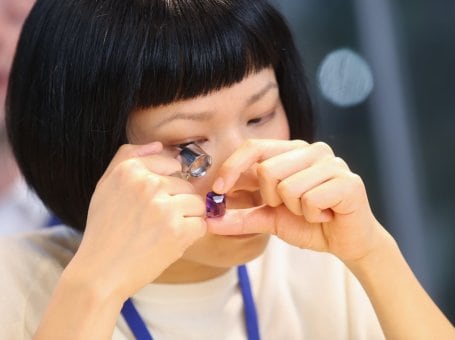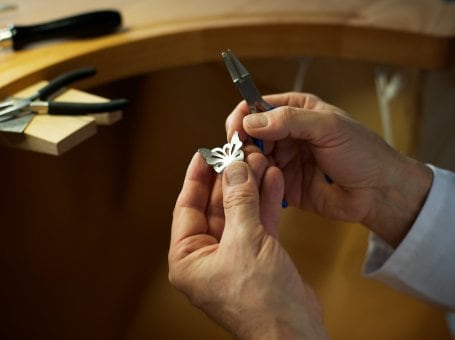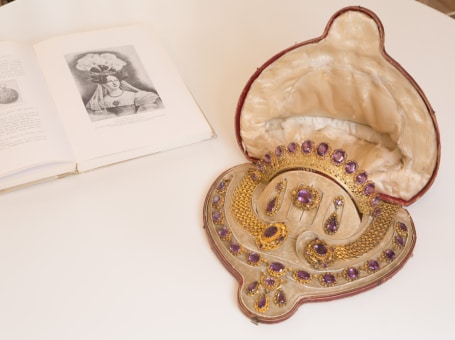L’ÉCOLE, School of Jewelry Arts and National Museum of Asian Arts Guimet have developed a partnership around the new exhibition “Ming Gold, splendor and beauty of imperial China”. The School has designed a scientific content on goldworking and its techniques, presented through the exhibition's audiovisual supports. The School also created a unique online conversation on the art of feminine adornment in China, a testimony to the refinement and delicacy of Chinese goldsmithing.
This autumn, the Guimet museum transports visitors into the opulent world of the Ming imperial court and invites them to discover the refinement and protocols of the art of women’s jewellery. This exhibition offers a rare glimpse of the delicacy and splendour of some of China’s greatest gold masterpieces, unique and intricate objects which could be found both in the Forbidden City and the palaces of the wealthy elite.



